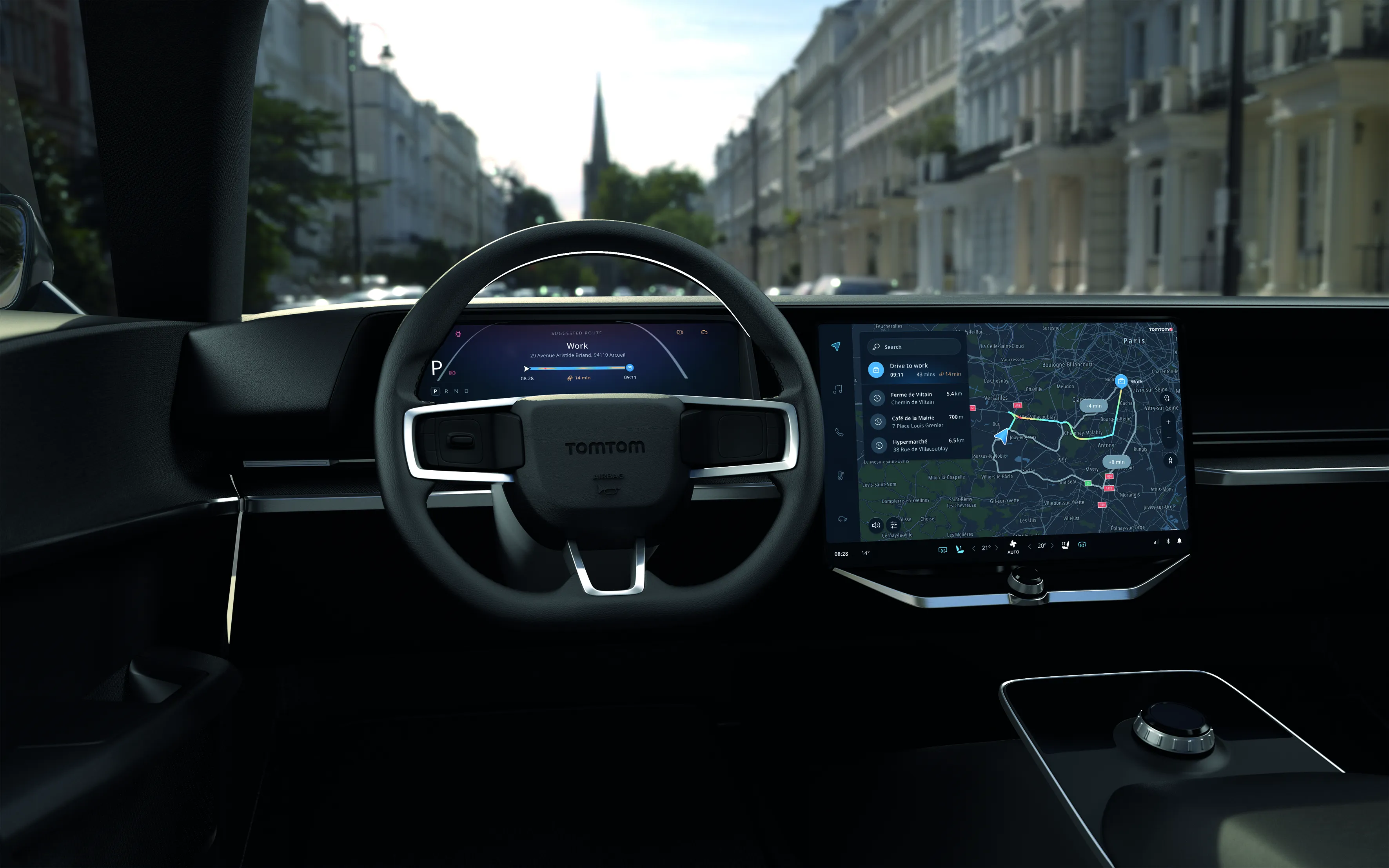UK gas infrastructure specialist Forefront Utilities has invested in TomTom fleet management to improve customer service and fuel efficiency. The company has deployed a combined tracking and fuel management system to provide greater visibility of its mobile workforce and reduce costs across its 164-strong vehicle fleet. TomTom’s Webfleet online fleet management system provides managers with full visibility of a company’s mobile workforce, with live HD Traffic information enabling them to route drivers to c
November 6, 2012
Read time: 2 mins
UK gas infrastructure specialist 6834 Forefront Utilities has invested in 1692 TomTom fleet management to improve customer service and fuel efficiency. The company has deployed a combined tracking and fuel management system to provide greater visibility of its mobile workforce and reduce costs across its 164-strong vehicle fleet.
TomTom’s Webfleet online fleet management system provides managers with full visibility of a company’s mobile workforce, with live HD Traffic information enabling them to route drivers to customers more quickly and efficiently.
Forefront Utilities has installed TomTom Link tracking units alongside ecoPlus fuel management and diagnostics devices across its entire fleet, to provide managers with real-time visibility of fuel efficiency by taking live data directly from the vehicle. Information on how the vehicle is driven can then be used to profile drivers and improve performance behind the wheel, using the Optidrive indicator.
TomTom fleet management improves customer service by calculating mobile workers’ journey times, based on live and historic traffic information, enabling companies to more accurately plan job schedules. It also enables jobs to be allocated by office-based managers to the most appropriate workers – based upon quickest arrival times – not simply to those who are closest to customers.
“Given the nature of our work, excellence in customer service is a top priority for us and we need to ensure our teams are on site, on time,” said Bradley Beard, Chief Executive at Forefront Utilities.
“TomTom fleet management enables us to achieve this while giving us the tools to improve the fuel efficiency of our fleet. Our previous telematics system failed to meet our expectations and we scrutinised the market before selecting TomTom as our preferred provider. With positive feedback from both our transport manager and drivers, we are confident the system will prove a great success.”
Giles Margerison, Sales Director at TomTom Business Solutions, added: “Appropriate fleet management technologies enable utility and other fleet companies to manage costs while positively impacting productivity and customer service. They are increasingly becoming integral to their operational processes.”
TomTom’s Webfleet online fleet management system provides managers with full visibility of a company’s mobile workforce, with live HD Traffic information enabling them to route drivers to customers more quickly and efficiently.
Forefront Utilities has installed TomTom Link tracking units alongside ecoPlus fuel management and diagnostics devices across its entire fleet, to provide managers with real-time visibility of fuel efficiency by taking live data directly from the vehicle. Information on how the vehicle is driven can then be used to profile drivers and improve performance behind the wheel, using the Optidrive indicator.
TomTom fleet management improves customer service by calculating mobile workers’ journey times, based on live and historic traffic information, enabling companies to more accurately plan job schedules. It also enables jobs to be allocated by office-based managers to the most appropriate workers – based upon quickest arrival times – not simply to those who are closest to customers.
“Given the nature of our work, excellence in customer service is a top priority for us and we need to ensure our teams are on site, on time,” said Bradley Beard, Chief Executive at Forefront Utilities.
“TomTom fleet management enables us to achieve this while giving us the tools to improve the fuel efficiency of our fleet. Our previous telematics system failed to meet our expectations and we scrutinised the market before selecting TomTom as our preferred provider. With positive feedback from both our transport manager and drivers, we are confident the system will prove a great success.”
Giles Margerison, Sales Director at TomTom Business Solutions, added: “Appropriate fleet management technologies enable utility and other fleet companies to manage costs while positively impacting productivity and customer service. They are increasingly becoming integral to their operational processes.”










